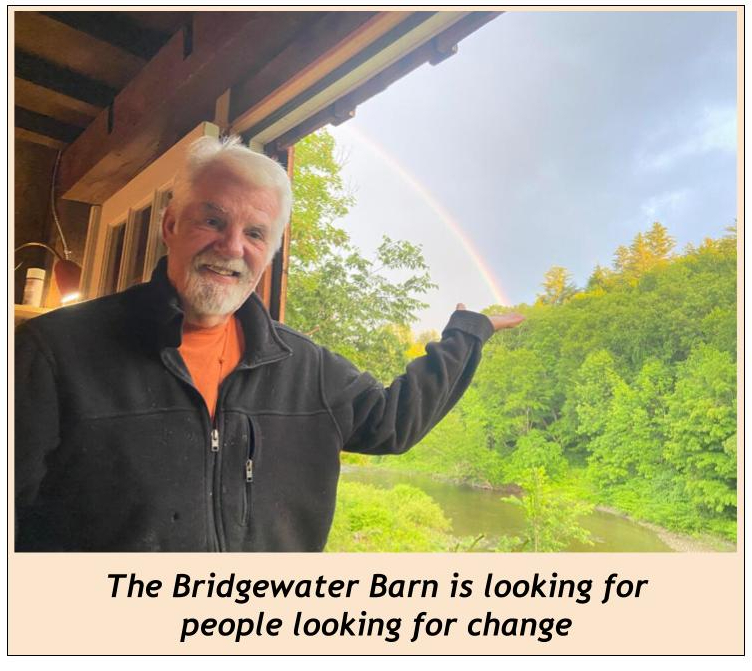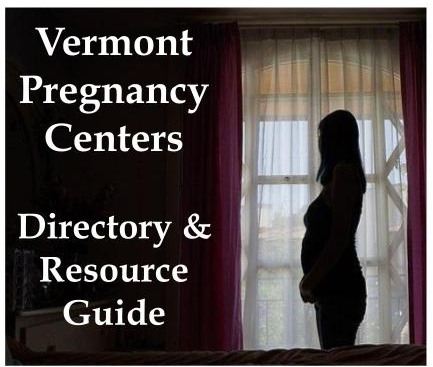|
Getting your Trinity Audio player ready...
|
Close to 500 landowners have expressed interest in being paid around $300 an acre, dispersed over a 20-year period, for preserving forestland.

Forged by the American Forest Foundation and the Nature Conservancy, a program that pays people to set aside forest to store carbon has been growing in Vermont over the last two years.
The Family Forest Carbon Program launched in 2020 in Pennsylvania, and after learning from the foresters, stakeholders and landowners down there, its organizers migrated north in the summer of 2022 seeking to benefit Vermont communities.
Since then, those involved say, close to 500 landowners have expressed interest in enrolling in the program and being paid close to $300 an acre, dispersed over a 20-year period, for preserving the sequestered land. People must own at least 30 acres of naturally growing trees to join.
Programs like this have existed nationally for a while, but their focus often has been limited to large plots of land, thousands of acres at a time, and were expensive to operate, said University of Vermont professor and forest scientist Bill Keeton. The Family Forest Carbon Program sought to bring a solution to the small forest owner, someone who wants to play a part in reducing atmospheric carbon and also improve biodiversity by encouraging birds and critters to stick around.
In Vermont, some 80% of forestland is owned by small landowners, who in the past have had limited options for carbon storage programs, according to Jim Shallow, director of strategic conservation initiatives for the state branch of the Nature Conservancy, one of the country’s largest environmental nonprofits.
The program is linked to voluntary carbon markets, in which companies and other organizations can pay to offset their emissions by buying what are called carbon credits. Imagine a ticket that represents a certain amount of carbon emissions either kept or removed from the atmosphere — that’s a carbon credit. Those tickets come from places like the forests in the Family Forest Carbon Program. The markets face relatively little regulation — though one federal agency has been looking to change that — and the credits they trade have been criticized as scams vulnerable to fraud.
Supporters see the potential positive impact of these programs for combating climate change and preserving forests, natural guards against excess carbon.
About 97,000 acres of Vermont land are in the process of coming under the program, with 38 contracts fully signed so far covering close to 7,500 acres, Shallow said.
The program has faced challenges of high interest and low capacity, which its leaders are facing head on. “It’s a good problem to have, in my opinion,” Shallow said.
Fred Pond, a UVM librarian and avid woodsman, enrolled his land early in the program. His property, 140 acres in Tunbridge purchased in 1999, had been forested heavily and unsustainably, he said. After a period of healing, and with help from a state tax break to incentivize undeveloped forests, Pond said his land grew back into a flourishing ecosystem.
Since enrolling his property in the program, Pond said he’s cultivated healthy greenery on his land. With the money he makes from the program, he hopes to buy an electric tractor.
The success of the program is measured through monitoring plots on enrolled properties. Each year, program workers go out and measure the tree growth happening on a given property and compare it with trends on a similar but unenrolled property.
Many of the landowners enrolled in this program are passionate outdoorspeople, said Tim Stout, who has managed his family’s multigenerational farm for the last 47 years and has land in the program. He said his 175 acres of mostly woods is open to the public for anyone interested in exploring nature. “I love to get kids and older adults, anyone regardless of age, out to enjoy the forest,” Stout said.
“They’ve made, in my mind, great progress in improving the scientific integrity of the program,” he said of the effort.
Eli Enman of Huntington owns and operates the Sleepy Hollow Inn. He has 700 acres of forest in the program, with tons of bike and ski paths throughout. The first payments have allowed him to help finance an electric snow groomer to tend to ski slopes during the season. “It really allowed us to kind of make an environmentally good decision,” Enman said.
What does the program’s growth in Vermont mean in the big picture? Keeton, the UVM forest ecosystem scientist, put it into perspective.
Keeton said programs like this one have courted controversy. They’ve been labeled inauthentic by some; skeptics have claimed carbon credits that came from sequestration programs were not valid; and the programs put a bad look on all market-based solutions. But Keeton said the Family Forest Carbon Program is one that can back up its claims.
“In some ways, that program has kind of led the way and has kind of shown that this can work and has sort of moved the needle in showing that there can be real climate benefits,” said Keeton.
The Community News Service is a program in which University of Vermont students work with professional editors to provide content for local news outlets at no cost.
Categories: Environment








anybody that signs on to this contract is nuts/// the state of vermont with its land use policy has taken away your property rights//// this operation is nothing more than another con job to help these people keep their property because of high property taxes/// where is the money coming from to pay these payments/// what is the cost to get out of this contract/// every one under thirty acres is screwed/// this is part of agenda thirty and the conserve fifty percent of the land in vermont project/// a lot of things can change in twenty years and your children may not like the fact you sold out to this socialist agenda/////
What about Vermont’s existing Current Use program that’s been encouraging landowners, for years now, to keep and manage their forest land in accordance with a plan approved by our local county foresters? Keep in mind that a bit more than 100 years ago only 20% of Vermont was forested. Today, well over 80% is forested. So, now we need another program to manage forests? I mean – manage ‘a forest carbon program’, as if carbon (i.e., CO2) was a problem in the first place.
Who sets the price of this ‘carbon credit’? Who pays for the credit? And who pays for the new bureaucracy?
Re: “the credits they trade have been criticized as scams vulnerable to fraud.”
Ya think? Maybe I can trade a bridge I own in Brooklyn for one of those new-fangled electric tractors.
Is this like the deals they made to buy excess solar power from property owners? How did that work out? Any resource a landowner has under their control, rest assured the State will provide a legalese-laden contract to control it or steal it – for a pittance bribe, of course. Signing away property rights and any future revenue from that property is a fool’s folly. Likely will result in deep regret, lost inheritence, and a path to absolute ruin.
“The specific gravity of carbon dioxide is 1.52 relative to dry air — the same weight as propane. It is even heavier in relation to our humid atmosphere, ranging around 1.61. It falls through the atmosphere about like a cottonseed. Wind can blow it upward, but it falls right back down. It acts like rainwater, seeking low points. We do not need to build pipelines to inject it into the ground. It sinks into to the ground all by itself.
Photosynthesis (CO2 + Sunlight + H2O) cannot exist without carbon dioxide. Photosynthesis uses sunlight to transform carbon dioxide into glucose and other organic compounds that make plants, and it transforms water into oxygen, which is exuded.
We breathe in oxygen and exhale carbon dioxide. Plants absorb carbon dioxide and give us oxygen. As Patick Moore (co-founder of Greenpeace) has pointed out for over ten years, carbon dioxide is critical to the life cycle of the plant and animal kingdoms. He has referenced analysis that indicates that nearly triple the carbon dioxide content in our atmosphere would be more ideal for plant life. He is correct.”
May 24, 2024
Climate Stupidity
By James T. Moodey
I stand with Mr Eshelman on everything he wrote in his two replies. This whole scheme strikes me as a bunch of significant landowners bumping into each other some Saturday morning at the local hardware store. They get to talking and realize hey, why aren’t we getting anything out of this carbon reduction stuff? We have trees! Acres and acres of trees! And trees sequester carbon dioxide! I bet we could get these lobbying groups to pay us for doing nothing if we word it right! And voila! Here we are.
Never underestimate the ability of any farmer or forest owner to find a way to make money out of something that would have otherwise taken 25 years to make a buck.
And I’m okay with that. After all, the money a drop in the bucket compared to what’s been poured into solar, wind, etc, and it actually WORKS! Frankly, I’m surprised they didn’t ask for more. They’d probably have gotten it.
Grifting on steroids.
Can we get paid to breath too?